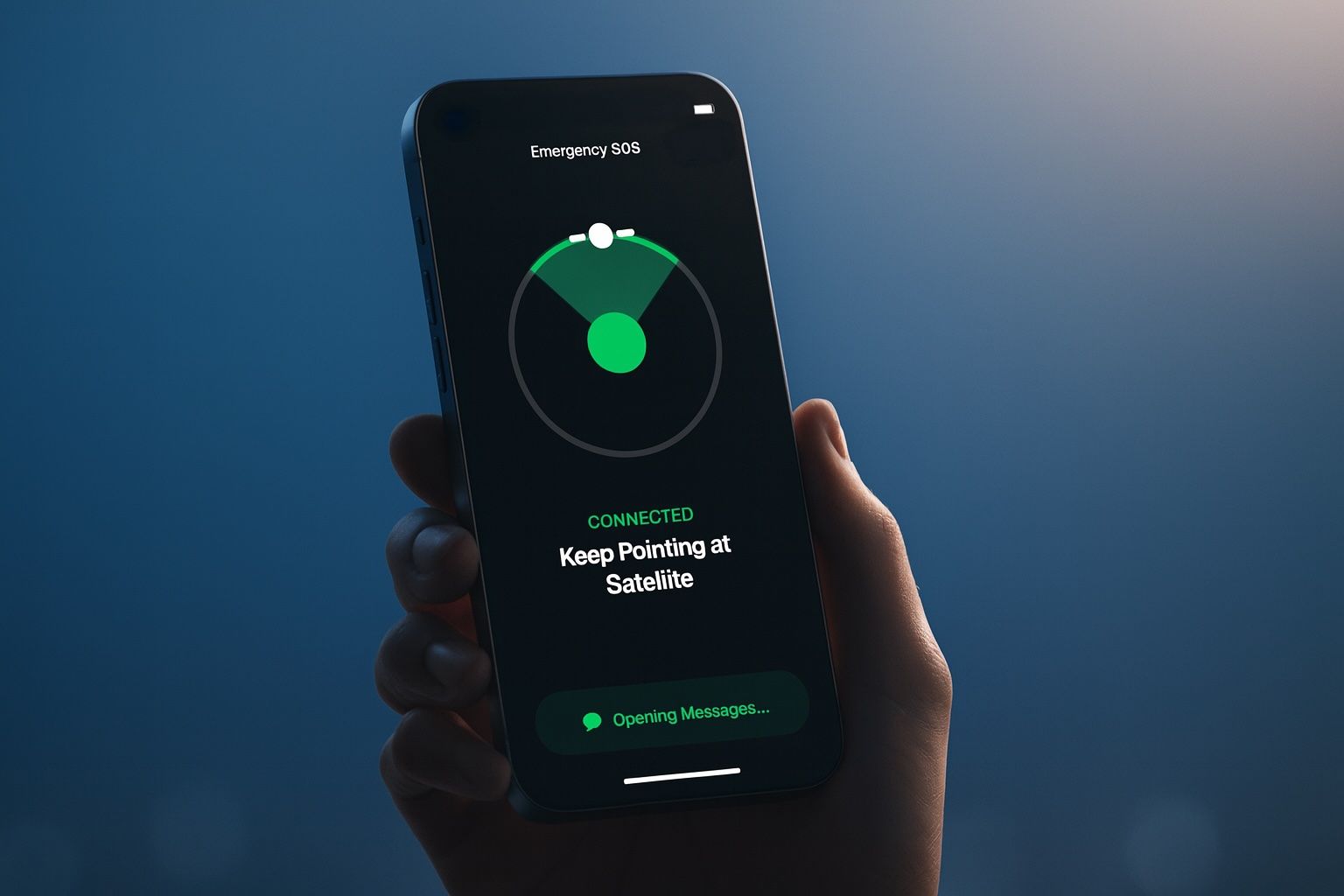
2025’s Hottest Health Wearables: Smartwatches That Measure Blood Pressure & AirPods Pro 3 heart rate
Smartwatches That Monitor Blood Pressure (2025 Edition) Smartwatches are getting surprisingly adept at tracking blood pressure – one of the most vital (and tricky) health metrics. In 2025, you can actually buy watches that measure or detect blood pressure in










